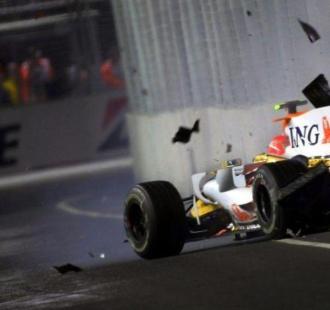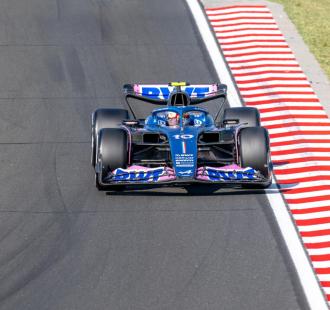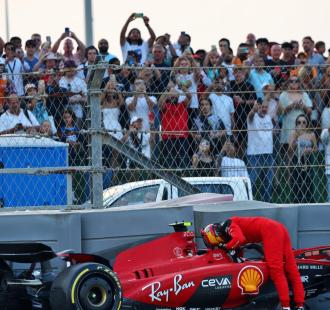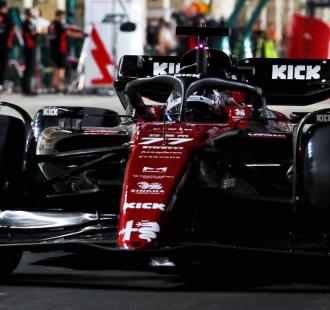
F1's biggest scandals: Renault lose £40m a year after Crashgate
One of the biggest scandals to rock the world of sport hit Formula1 in 2009, when it emerged that Nelson Piquet Jr had been told tocrash his Renault on purpose at the 2008 Singapore Grand Prix. Whathappened in the aftermath was an investigation by the FIA WorldMotorsport Council, several high profile personnel paying for itwith their jobs, and a major sponsor walking away from the team. Itwas branded as one of the worst cases of cheating in sportinghistory, due to the potential lethal consequences that could haveoccurred between Piquet Jr, marshals, or spectators. The origins ofCrashgate Renault was under pressure to deliver results after alacklustre years in 2007 and 2008. Up until the Singapore GP theteam had only scored one podium with Piquet Jr, while the Brazilianhad suffered seven retirements which impacted their points in theContstructors' standings. At Singapore their fortunes would change.Both drivers had qualified in fifteenth and sixteenth on the grid,and the team had opted to pit Alonso early on in the race. Thismeant that any Safety Car would hand an advantage to him, which iswhere Piquet Jr comes into the picture. On Lap 14 of the race hecrashed his Renault into the wall at Turn 17, causing everyone tochange strategy. The leaders pitted, including Felipe Massa andLewis Hamilton, which handed the race to Alonso. It looked like theteam had lucked into the win, but it would take 12 months beforethe truth would emerge. What happened next? Although there wasallegedly some concerns over the legitimacy of the race result, itwould not take until the sacking of Piquet Jr midway through the2009 season for more information to emerge. The Brazilian was incontact with the FIA over the cheating scandal, with aninvestigation carried out which incriminated Team Principal FlavioBriatore and Executive Director Pat Symonds. The governing bodyreleased a statement in September 2009, which claimed: "a breach ofArticle 151c of the International Sporting Code, that the teamconspired with its driver, Nelson Piquet Jr, to cause a deliberatecrash at the 2008 Singapore Grand Prix with the aim of causing thedeployment of the safety car to the advantage of its other driver,Fernando Alonso." The World Motorsport Council convened to gatherevidence from all parties in early September, with Renault claimingthat it would launch legal action against Piquet Jr and his fatherNelson Piquet in both French and British Courts. This wouldsubsequently be dropped by Renault and the team announced thedeparture of Briatore and Symonds: "The ING Renault F1 Team willnot dispute the recent allegations made by the FIA concerning the2008 Singapore Grand Prix. It also wishes to state that itsmanaging director, Flavio Briatore and its executive director ofengineering, Pat Symonds, have left the team." Article continuesbelow photo. The aftermath Another subsequent extraordinary meetingwas held at the World Motorsport Council which lasted 90 minutes,which resulted in the disqualification of Renault from F1 that wassuspended for two years. Briatore was banned indefinitely fromFIA-sanctioned events, while Symonds was handed a five-year ban inpart because of his willingness to admit wrongdoing - although thiswas later lifted several years later. Alonso was cleared of anywrongdoing, while Piquet Jr was also granted immunity for givingevidence and was free to race in F1 again if he could find a drive.Much of the punishment of Briatore and Symonds was down to thetestimony of "Witness X" - a Renault F1 employee that was presentat the pre-race meeting where the plan was proposed but rejectedthe idea. It also led to the departure of major sponsor, Dutch bankING, from the team who were reportedly paying £40 million per-yearto have their logos on the cars. The aftermath of the whole sagastill rumbles on to this day, namely in the legal action launchedby Felipe Massa in an attempt to overturn the results of the 2008Formula 1 Drivers Championship .


